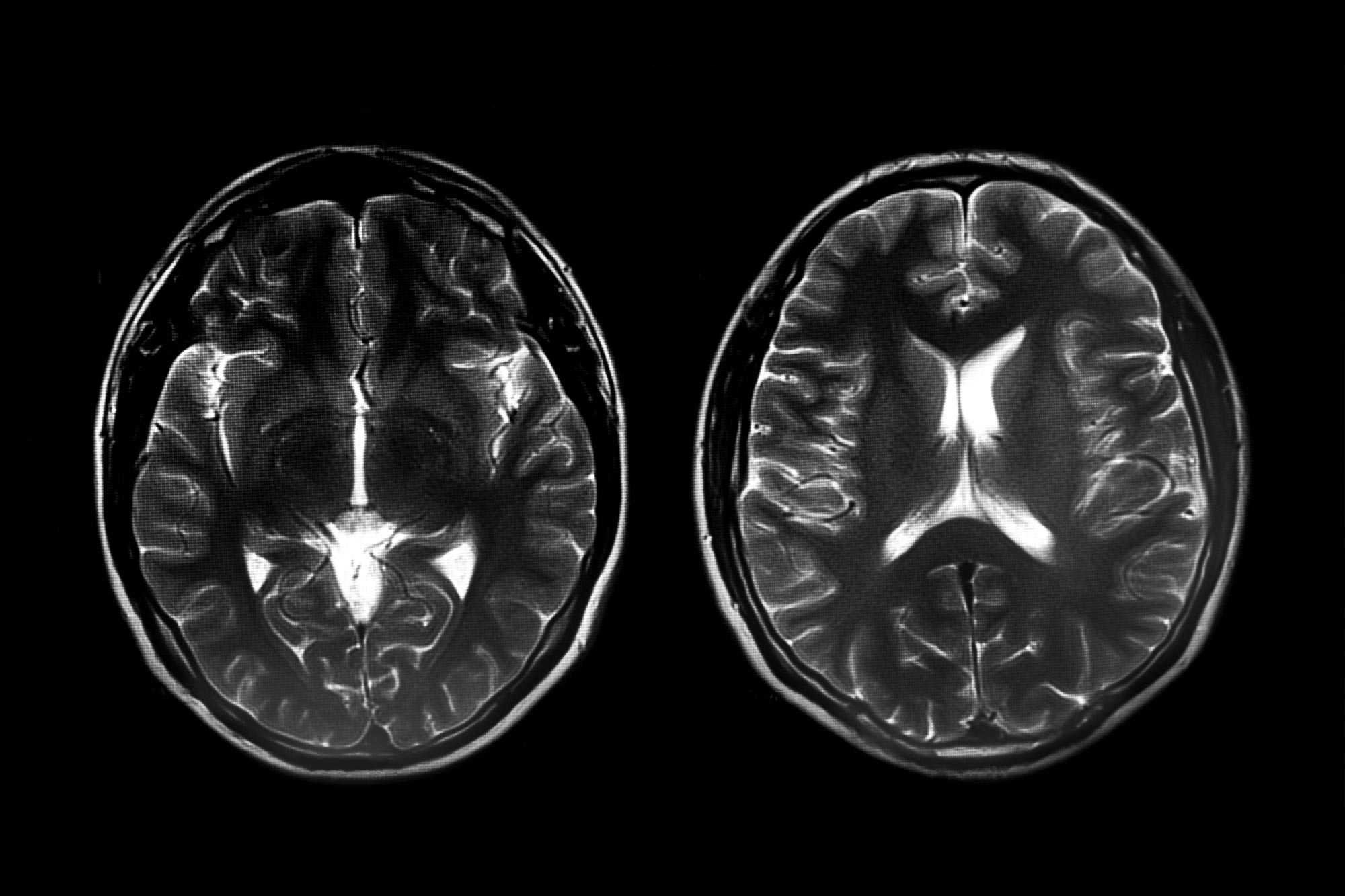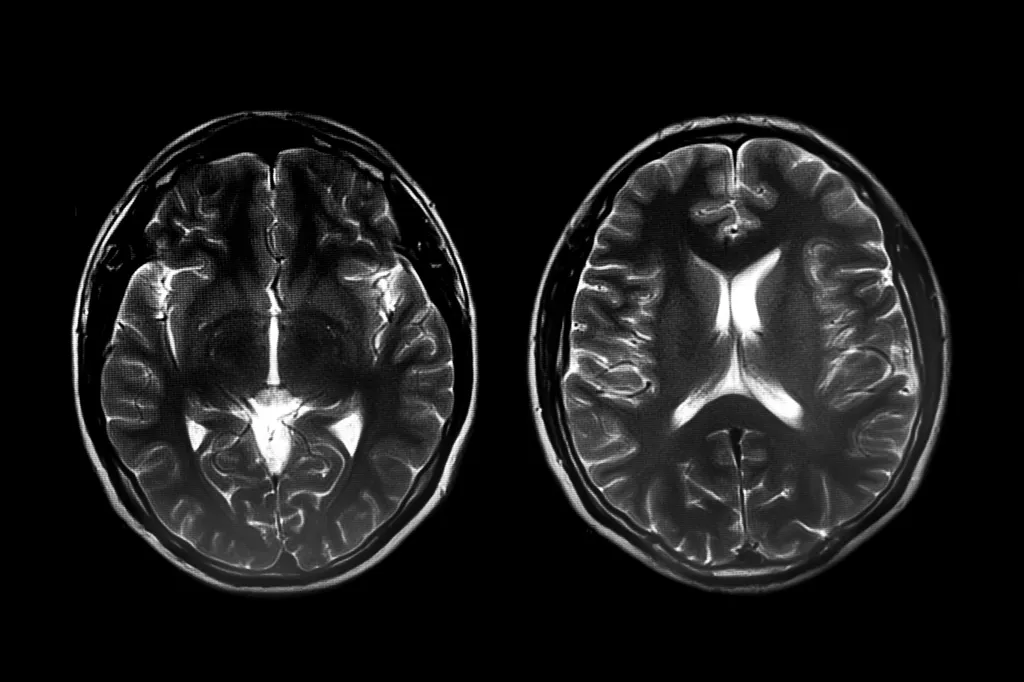

According to a new study, babies who were diagnosed with autism spectrum disorder at 24 months had differences in the visual processing areas of the brain at 6 months old.
Infants who were diagnosed with autism spectrum disorder (ASD) at 24 months old had differences in the visual processing areas of the brain that were apparent at 6 months old, according to a research study funded by the National Institutes of Health (NIH). The scientists theorized that disruption in visual processing could interfere with how infants see the world around them, changing how they interact with and learn from caregivers and their environment. These early changes could affect further brain development and play a role in ASD symptoms.
The study was conducted by Jessica Girault, Ph.D., of the University of North Carolina School of Medicine, Chapel Hill, and colleagues. It was published on May 26, 2022, in the American Journal of Psychiatry.
The study enrolled 384 pairs of siblings, the oldest of which had been diagnosed with ASD. Previous research by the team found that younger siblings were more likely to develop ASD if their older siblings had higher levels of ASD traits. Researchers performed Magnetic Resonance Imaging (MRI) scans on the brains of the younger siblings at 6, 12, and 24 months of age.
Among the 89 younger siblings who developed ASD, those whose older siblings had severe ASD traits had greater volume and surface area of the cerebrum, which controls speech, thought, emotions, reading, writing, and learning; larger surface area in the part of the visual cortex important for recognizing objects; and less mature connections in the splenium, which connects the brain’s left and right visual cortices and plays a role in visual attention.
Reference: “Infant Visual Brain Development and Inherited Genetic Liability in Autism” by Jessica B. Girault, Ph.D., Kevin Donovan, Ph.D., Zoë Hawks, Ph.D., Muhamed Talovic, M.S., Elizabeth Forsen, B.S., Jed T. Elison, Ph.D., Mark D. Shen, Ph.D., Meghan R. Swanson, Ph.D., Jason J. Wolff, Ph.D., Sun Hyung Kim, Ph.D., Tomoyuki Nishino, M.S., Savannah Davis, M.S., Abraham Z. Snyder, M.D., Ph.D., Kelly N. Botteron, M.D., Annette M. Estes, Ph.D., Stephen R. Dager, M.D., Heather C. Hazlett, Ph.D., Guido Gerig, Ph.D., Robert McKinstry, M.D., Ph.D., Juhi Pandey, Ph.D., Robert T. Schultz, Ph.D., Tanya St. John, Ph.D., Lonnie Zwaigenbaum, M.D., Alexandre Todorov, Ph.D., Young Truong, Ph.D., Martin Styner, Ph.D., John R. Pruett Jr, M.D., Ph.D., John N. Constantino, M.D. and Joseph Piven, M.D., for the IBIS Network, 26 May 2022, The American Journal of Psychiatry.
DOI: 10.1176/appi.ajp.21101002
NIH funding was provided by the Eunice Kennedy Shriver National Institute of Child Health and Human Development, National Institute of Mental Health, and National Institute of Neurological Disorders and Stroke.

